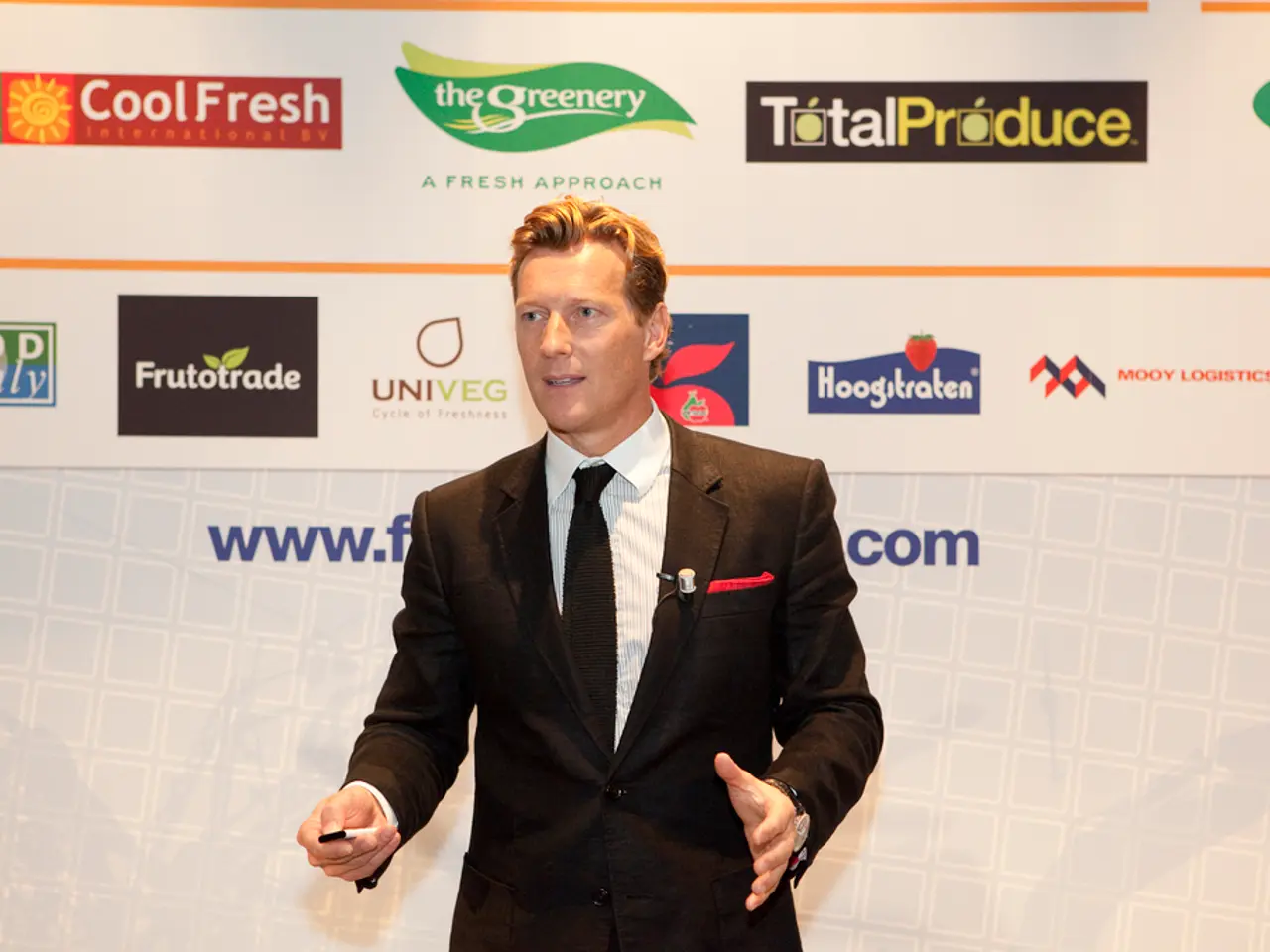Transformational Models for Change Implementation: Guides and Strategies
In the ever-evolving business landscape, change management has become a crucial strategy for organizations to stay viable and adapt to industry trends and shifting markets. This article compares seven popular change management models, each with its unique applications, benefits, and drawbacks.
Lewin's Change Management Model - Applications: Best for simple, clearly defined changes where a clear start and end to change is possible. - Benefits: A simple and clear structure, highlights psychological aspects such as motivation and resistance, and emphasizes stabilizing change ("refreezing"). - Drawbacks: Too simplistic for complex or continuous changes, assumes change is a one-time event, and less flexible for ongoing adaptation.
McKinsey's 7S Model - Applications: Useful for assessing and aligning all organizational elements during change, particularly large-scale organizational change. - Benefits: Holistic and unified approach, assesses strategy, structure, systems, style, staff, skills, and shared values for comprehensive change, mixes emotional and rational factors. - Drawbacks: Complex, calls for total organizational change even in areas that might not need it, and can have a higher failure rate due to complexity.
Kotter's 8-Step Model - Applications: Designed for large corporations and applicable for major transformational changes emphasizing leadership roles. - Benefits: Structured, stepwise roadmap, emphasizes leadership and creating urgency, addresses sustainability of change by reinforcing new behaviors, broad applicability. - Drawbacks: Linear and potentially rigid, less adaptable to fast-paced or agile environments, top-down focus may neglect employee initiative, can falter if sense of urgency or coalition weak.
Nudge Theory - Applications: Applies to influencing individual behaviors subtly within organizations, used for culture and small behavior shifts. - Benefits: Encourages change through subtle cues and positive reinforcement rather than mandates, can support gradual acceptance and autonomous change. - Drawbacks: May be less effective for large-scale or urgent changes, requires careful design, change is more emergent, which can be slow or inconsistent.
Bridges Transition Model - Applications: Focuses on the psychological transition of individuals in change, particularly people-centered change. - Benefits: Recognizes emotional and psychological stages people go through, helps manage the human side of change beyond logistics. - Drawbacks: Less focus on organizational structure change, may not provide clear procedural steps.
Kübler-Ross Change Curve Model - Applications: Used to understand individual emotional responses to change, particularly in the context of resistance and morale. - Benefits: Maps emotional stages (denial, anger, bargaining, depression, acceptance), aids empathy and tailored communication. - Drawbacks: Primarily addresses feelings, not processes; originally for grief—application to organizational change is metaphorical and not prescriptive.
PDCA Cycle (Plan-Do-Check-Act) - Applications: Continuous improvement and iterative process changes, quality management environments. - Benefits: Supports ongoing adaptation and refinement, promotes cyclical learning, simple and actionable. - Drawbacks: Less focused on human/emotional aspects of change, may be too mechanical for transformational change, assumes incremental change rather than radical shifts.
In today's fast-moving business environment, change is ongoing rather than a single project, making Lewin's model less applicable. Kotter's model, while lauded for its clarity and leadership focus, is criticized for rigidity and a top-down approach. McKinsey's 7S provides a thorough organizational alignment tool but can be complicated to implement fully and risks unnecessary change overload. Nudge Theory emphasizes influencing employee behaviors subtly, complementing other models by addressing behavioral economics principles. Bridges and Kübler-Ross models concentrate on managing people's emotional transition through change, which many other models underemphasize. PDCA facilitates continuous incremental changes and operational improvements rather than large-scale transformational changes.
The choice between these models depends on the nature, scale, and context of the change, as well as the organizational readiness and culture. Each model offers unique insights and approaches to managing change, making them valuable tools for leaders navigating the complexities of organizational transformation.
References: [1] Kotter, J. P. (2012). Leading Change. Harvard Business Review Press. [2] Beer, M., & Nohria, N. (2000). Why Change Programs Don't Produce Change. Harvard Business Review, 78(5), 96-104. [3] McKinsey & Company. (n.d.). The 7S framework. Retrieved from https://www.mckinsey.com/business-functions/organization/our-insights/the-7s-framework [4] Bridges, W. (2003). Managing Transitions: Making the Most of Change. Da Capo Press. [5] Kübler-Ross, E. (1969). On Death and Dying. Scribner. [6] PDCA. (n.d.). Retrieved from https://www.qualitydigest.com/inside/quality-insider-column/pdca-cycle-continuous-improvement.html [7] Nudge Theory. (n.d.). Retrieved from https://www.behaviouralinsight.co.uk/nudge-theory [8] Burnes, B. (2011). The New Leadership: Transforming the Art of Leadership into the Science of Leadership. Wiley.
- Collaboration among team members can be enhanced through strategies such as Kotter's 8-Step Model, which emphasizes leadership roles and creating a sense of urgency, fostering an environment conducive to discussing and implementing changes.
- Finance and business discussions can be deeply impacted by the PDCA Cycle, a continuous improvement model that supports ongoing adaptation and refinement, thereby promoting long-term financial stability.
- Lifestyle choices and personal motivations play a significant role in sports, making the Kübler-Ross Change Curve Model a potential valuable resource for coaches and trainers seeking to understand their athletes' emotional responses to change, particularly during periods of resistance and morale shifts.




